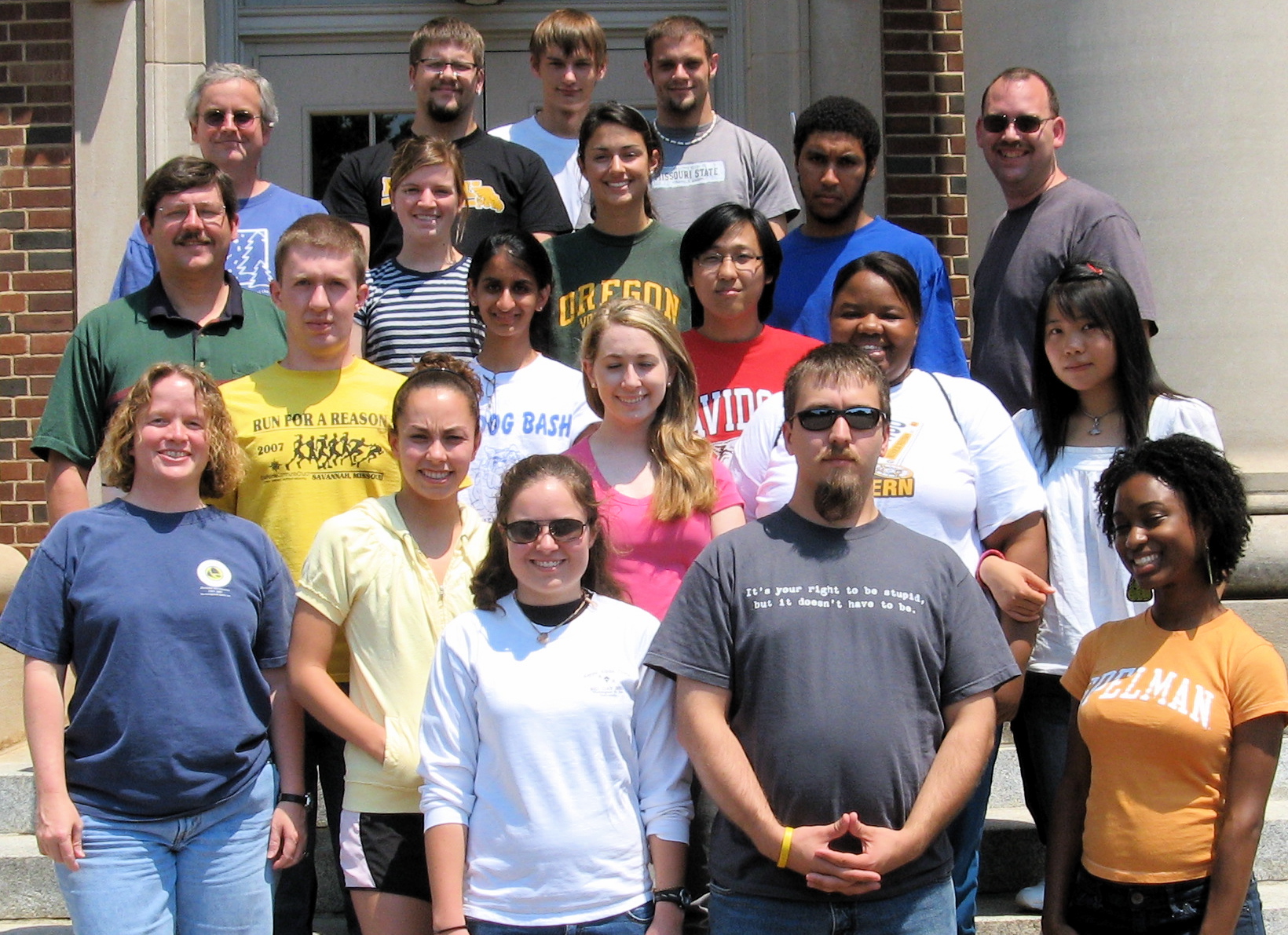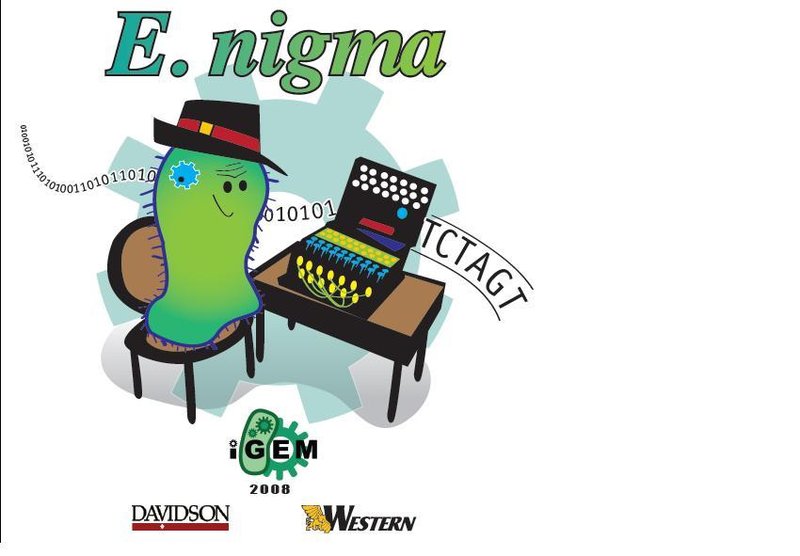Team:Davidson-Missouri Western/Team
From 2008.igem.org
| Line 13: | Line 13: | ||
'''Student Team Members''' | '''Student Team Members''' | ||
| - | Alicia Allen (MW) | + | Alicia Allen (MW), |
| - | James Barron (DC-HU) | + | James Barron (DC-HU), |
| - | Robert Cool (MW) | + | Robert Cool (MW), |
| - | Kelly Davis (DC) | + | Kelly Davis (DC), |
| - | Erin Feeney (DC) | + | Erin Feeney (DC), |
| - | Andrew Gordon (MW) | + | Andrew Gordon (MW), |
| - | John Igo (MW) | + | John Igo (MW), |
| - | Aaron Lewis (MW) | + | Aaron Lewis (MW), |
| - | Kristi Muscalino (DC) | + | Kristi Muscalino (DC), |
| - | Madeline Parra (DC) | + | Madeline Parra (DC), |
| - | Pallavi Penumetcha(DC) | + | Pallavi Penumetcha(DC), |
| - | Karlesha Roland (DC-SC) | + | Karlesha Roland (DC-SC), |
| - | Max Win (DC) | + | Max Win (DC), |
Xiao Zhu (MW) | Xiao Zhu (MW) | ||
'''Faculty Team Leaders''' | '''Faculty Team Leaders''' | ||
| + | |||
Dr. A. Malcolm Campbell, Biology, Davidson College | Dr. A. Malcolm Campbell, Biology, Davidson College | ||
| + | |||
Dr. Todd Eckdahl, Biology, Missouri Western State University | Dr. Todd Eckdahl, Biology, Missouri Western State University | ||
| + | |||
Dr. Laurie Heyer, Mathematics, Davidson College | Dr. Laurie Heyer, Mathematics, Davidson College | ||
| + | |||
Dr. Jeff Poet, Mathematics, Missouri Western State University | Dr. Jeff Poet, Mathematics, Missouri Western State University | ||
Revision as of 20:59, 28 October 2008
Team Description
This team is composed of faculty and undergraduates from Davidson College in Davidson, North Carolina USA and from Missouri Western State University in Saint Joseph, Missouri USA and includes one student from Spelman College in Atlanta, Georgia USA and one student from Hampton University in Hampton, Virginia USA. This is the third year of this iGEM collaboration for the four faculty members and the first year for each of the fifteen students. In past years, the team has worked collaboratively at a distance, meeting for the first time at the iGEM competition in Boston. This year, the team worked collaboratively from the two campuses for most of the summer but spent one week visiting each other's campuses, working shoulder-to-shoulder. The above picture was taken July 3, 2008 on the steps of the Chambers Building on the Davidson College campus.
E. nigma Project Overview
A recent article about cryptographic hash functions challenged the world to create a better hash function, an algorithm that produces a digital fingerprint of a digitized message. We decided to work toward the design and construction of a bacterial hash function. To this end, we designed and constructed several novel dually-regulated promoters, which became the crucial new element to create the genetic circuitry needed for building XOR gates, logic gates that produce a positive result in the presence of exactly one input and a negative result otherwise. These XOR gates can then be put in sequence to create a bacterial hash function. The name of the project is a play on the name of the World War II coding machine used to encrypt military secrets.
Student Team Members Alicia Allen (MW), James Barron (DC-HU), Robert Cool (MW), Kelly Davis (DC), Erin Feeney (DC), Andrew Gordon (MW), John Igo (MW), Aaron Lewis (MW), Kristi Muscalino (DC), Madeline Parra (DC), Pallavi Penumetcha(DC), Karlesha Roland (DC-SC), Max Win (DC), Xiao Zhu (MW)
Faculty Team Leaders
Dr. A. Malcolm Campbell, Biology, Davidson College
Dr. Todd Eckdahl, Biology, Missouri Western State University
Dr. Laurie Heyer, Mathematics, Davidson College
Dr. Jeff Poet, Mathematics, Missouri Western State University
 "
"

